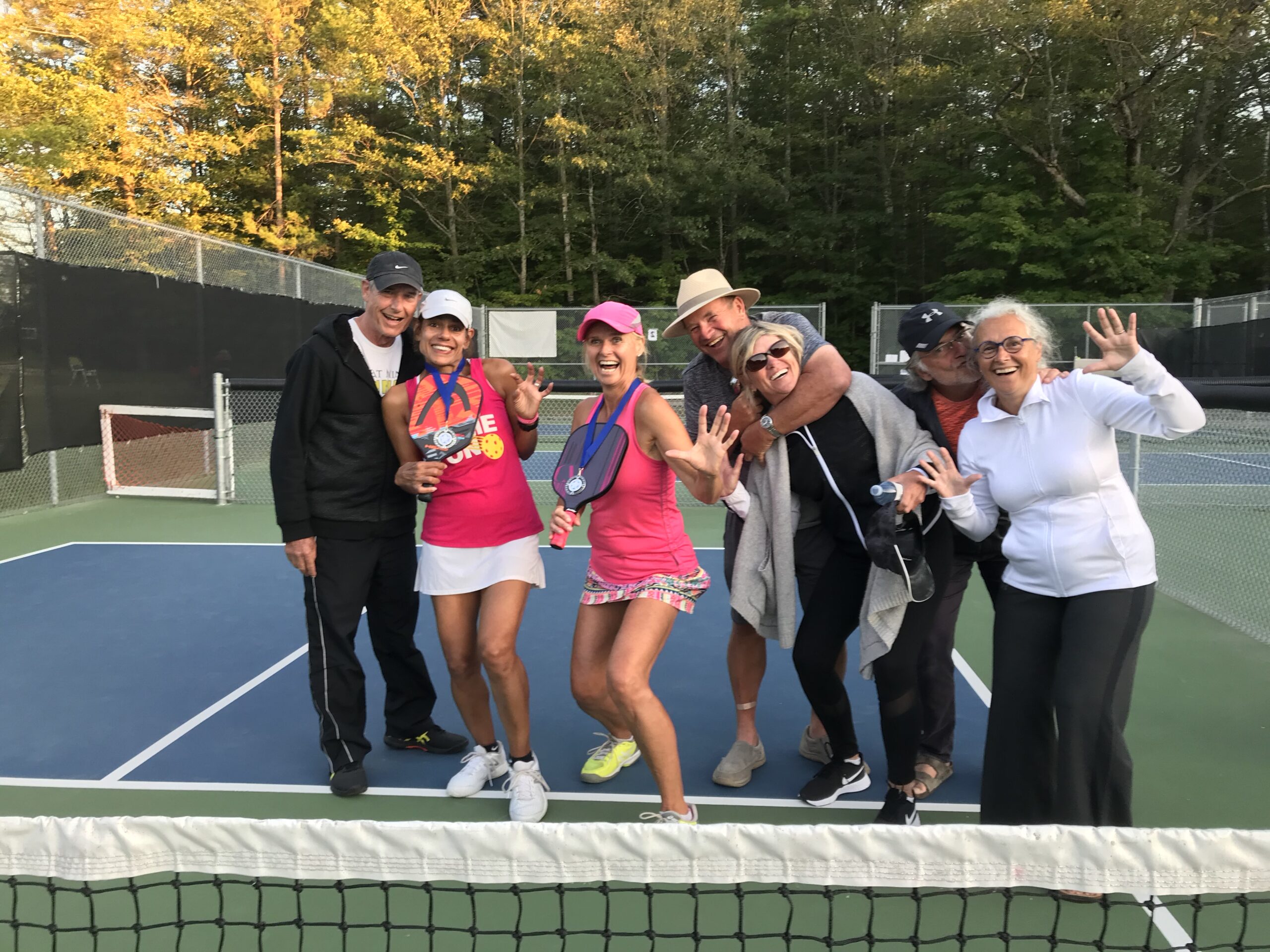Canadians can’t get enough of Pickleball
It isn’t about who has the hardest shot, and the family-friendly rules make it easy for kids and teens to play with parents and grandparents.
It started as an early-summer pandemic activity that could be done safely with friends who, like me, were feeling the effects of being cooped up in the house for weeks on end. A portable net, paddles bought online, lawn chairs, coolers and a quiet street next to my house. It wasn’t long before pickleball became a passion. That was a year ago, and we’re still out there several days a week hitting balls and talking about the points that got away.
“It’s an easy sport to pick up, learn and enjoy,” said Jim Parrott, president of Pickleball Canada, an organization designed to promote pickleball’s growth. “Within a few minutes (on the court) you can have an enjoyable game.”
Parrott says the sport traveled across the border from Arizona and Florida by way of Canadian snowbirds who brought their love of the game with them. But these days you’ll likely see more than just a bunch of boomers hitting the ball around your local court.
There’s no doubt that pickleball is gaining credibility among millennials and Gen-Xers, with no better example than a recent shout-out by UFC fighter and Kansas City native Julian Marquez, who challenged NFL superstars Patrick Mahomes, Travis Kelce and Tyreek Hill of the Kansas City Chiefs to a battle on the courts.
Don’t get the wrong idea — pickleball isn’t about who has the hardest shot. Mastering the sport means learning the art of “dinking,” which is trading strategically placed soft shots inside the no-volley zone (also called the “kitchen”) — the seven-foot area on either side of the net. Players can’t stand inside the no-volley zone and smash the ball at their opponents. And you don’t need to have Canadian Milos Raonic’s serve to win a point. The rules require an underhand serve that is used primarily to put the ball in play, not to earn an ace.






